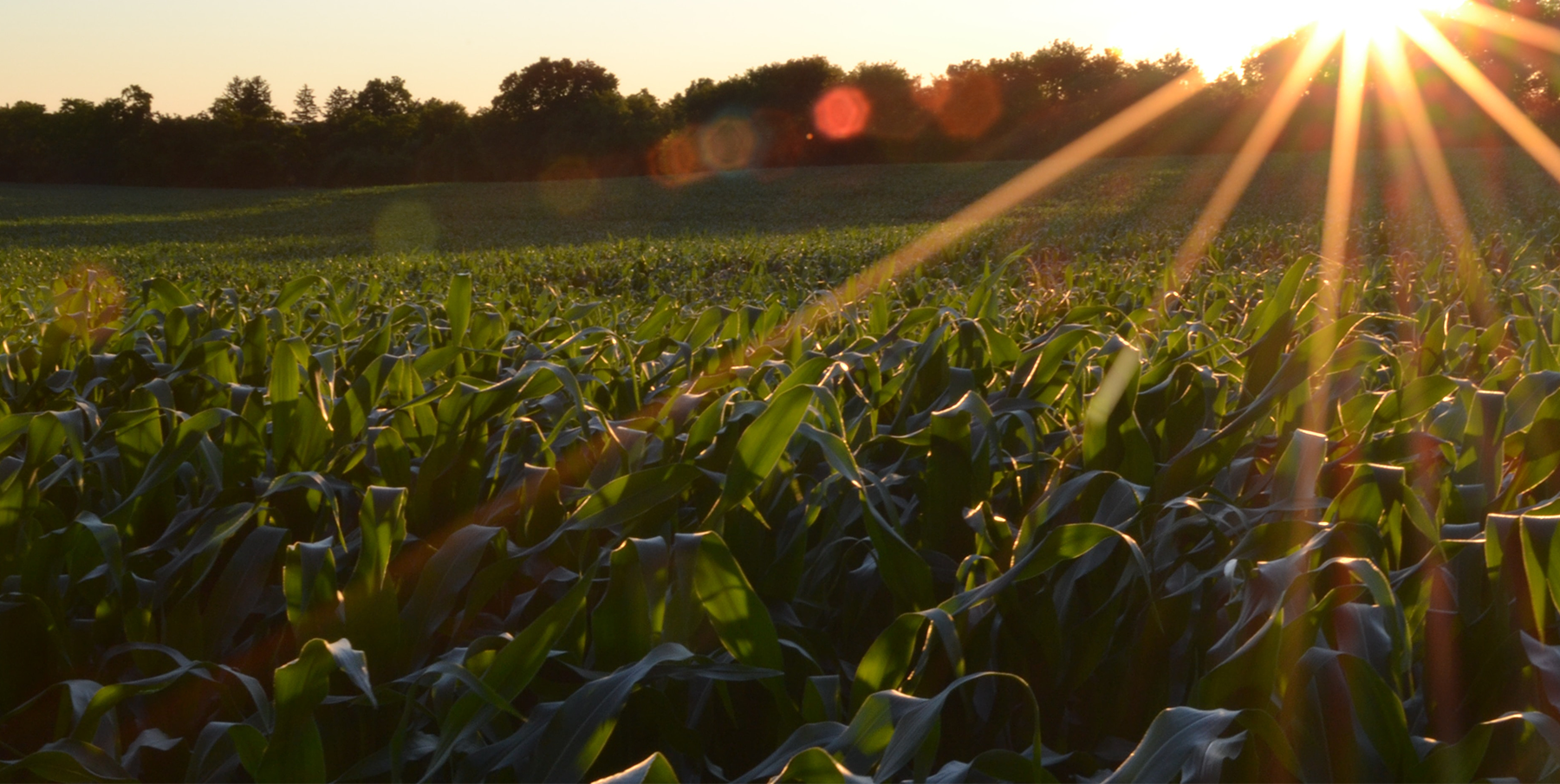The potential of forage legumes to increase the productivity of crop–livestock systems has been studied by ILCA under different ecological and management conditions. In the Ethiopian highlands, species within the Vicia, Trifolium and Medicago genera show promise. Among these the Vicia genus stands out with its relatively high dry-matter yields, high N content, and consistently high residual effects which make it very attractive for intercropping. In the subhumid zone of West Africa, Stylosanthes species show good potential, especially if the danger from anthracnose can be eliminated. Of the various legume–cereal technologies tested, the cut-and- carry method, intercropping, sequential cropping and alley farming are most likely to be adopted by farmers in sub-Saharan Africa.
ILCA, Forage legumes in African crop–livestock production systems. Addis Ababa, Ethopia.






